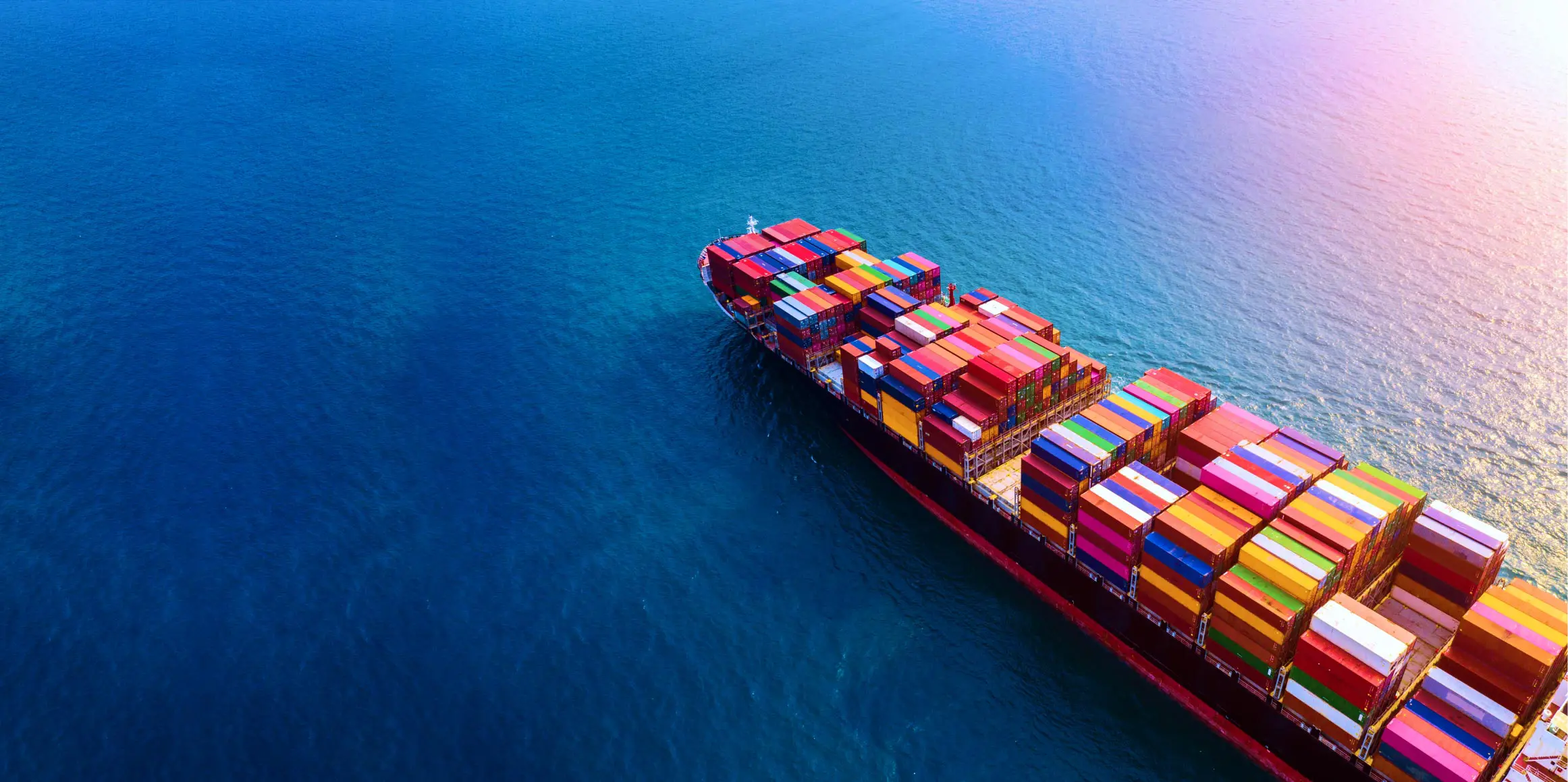
EACA, through collaborative efforts, harmonizes transport regulations for radioactive material across Europe. Dive into our regulatory framework, safety record, and collaborative efforts that ensure a consistent high level of safety in transport of radioactive material.
EACA safeguards radioactive material transport in Europe through strict compliance
with international regulations, and constant collaboration for harmonized safety standards.
The transport by sea of radioactive material should comply with the International Maritime Dangerous Goods (IMDG) Code, published by the International Maritime Organization (IMO)
The transport by inland waterways of radioactive material should comply with the European Agreement concerning the International Carriage of Dangerous Goods by Inland Waterways (ADN)
The transport by air of radioactive material should comply with the Technical Instructions for the Safe Transport of Dangerous Goods by Air, published by the International Civil Aviation Organization (ICAO)
The transport by rail of radioactive material should comply with the Regulations concerning the international carriage of dangerous goods by rail (RID), appearing as Appendix C to the Convention concerning International Carriage by Rail (COTIF)

The transport by road of radioactive material should comply with the Agreement concerning the International Carriage of Dangerous Goods by Road (ADR)
At EACA, our working groups are the cornerstone of our mission to harmonize the transport regulations of radioactive materials across Europe. They are dedicated to creating guidance, discussing regulatory changes, and fostering a culture of continuous improvement and collaboration among competent authorities, industry, and the wider community.


Are you a European competent authority involved in the transport of radioactive materials, and you want to participate in a working group. Please leave your coordinates and we will contact you.